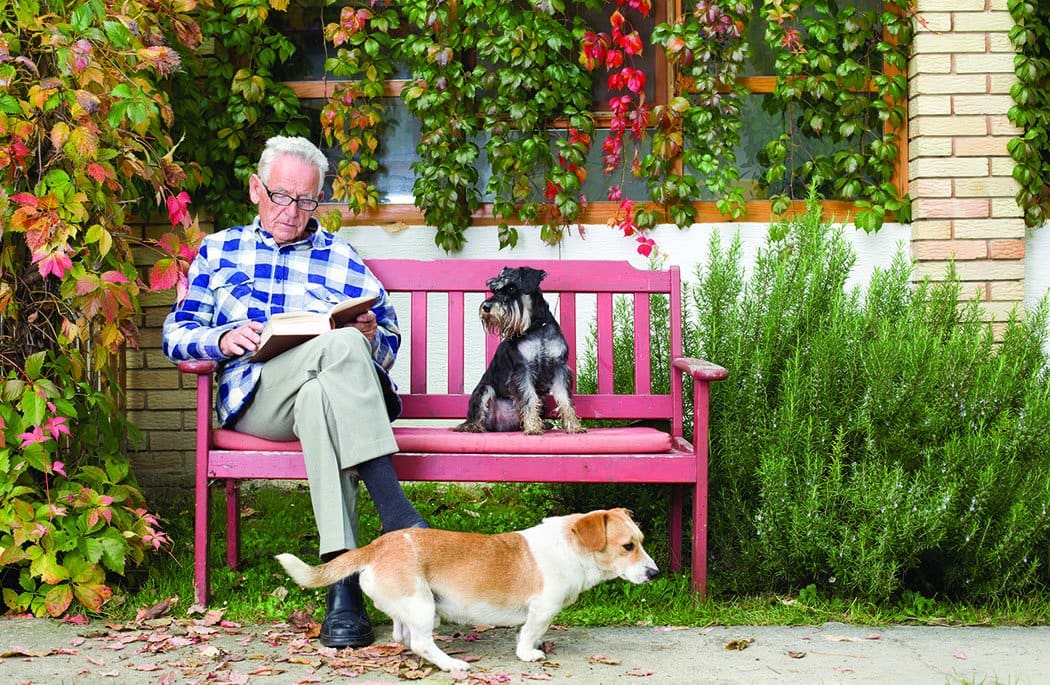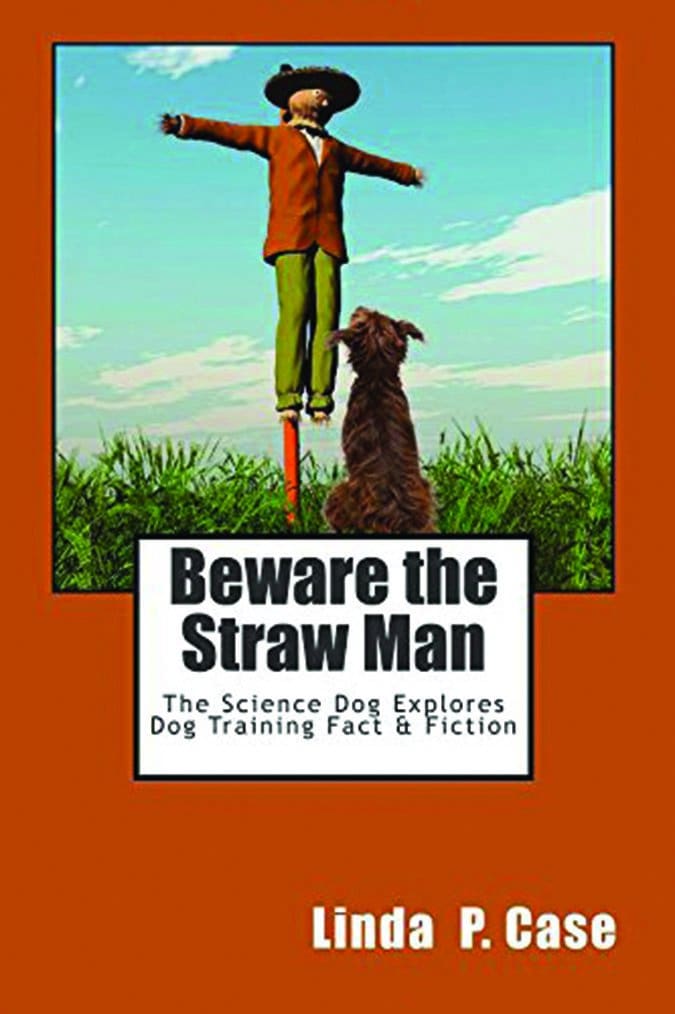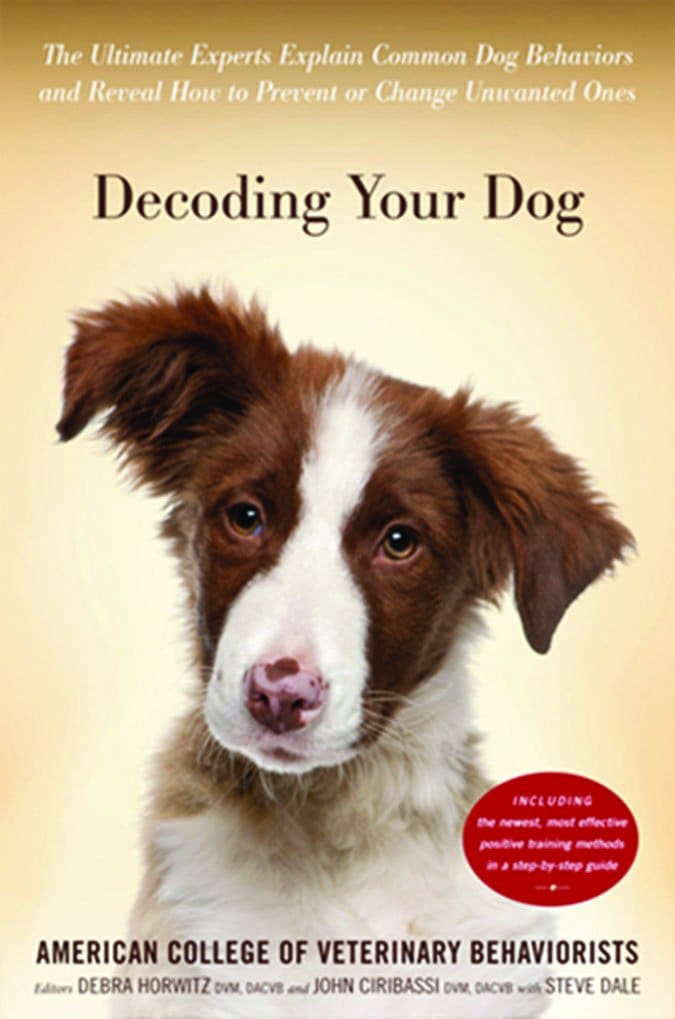
Jevtic
Cats may rule the Internet, but in the world of book publishing, dogs are in charge. With more than 150,000 dog-related titles on Amazon.com, it can be hard to decide what to read. Even the discriminating website Dogwise.com offers nearly 500 choices. If we had limitless time and funds, we could spend months, even years, reading nothing but dog stories. But time is short and every purchase an investment, so here’s an overview of recommended dog-related books published since 2010. Titles are listed alphabetically.
All Dogs Go to Kevin: Everything Three Dogs Taught Me (That I Didn’t Learn in Veterinary School)
by Jessica Vogelsang

Dreamstime.com
Dr. Jessica Vogelsang’s memoir of her life with dogs, from childhood through vet school to motherhood and a busy professional life, entertains and informs. The dogs are Taffy, the fierce Lhasa Apso of her childhood; Emmett, a goofy Golden Retriever who was her best-ever dog; and Kekoa, the elderly Labrador she adopted after Emmett died. All three were problem dogs and the chaos they created made us laugh out loud.
Emmett found his forever home after a client (one of several problem-causing owners who arrive at the clinic in these pages) brought him in at age 2 to be euthanized because of poorly managed flea-bite dermatitis. His behavior was poorly managed, too. Oddly shaped, sad-sack, unadoptable Kekoa looked so defeated at the shelter that Vogelsang took her out of pity and then had to deal with her incredibly vocal separation anxiety (indistinguishable from alarms and sirens), destructive pantry-raiding, flatulence, and growing incontinence. But all three dogs were worth the effort, and Vogelsang developed strategies that made their lives rewarding for all.
Vogelsang’s dogs helped her deal with elementary school bullies, postpartum depression, child-raising, exhausting clients, and life. We meet her resourceful husband, Brian, and their kids. Then there’s her husband’s closest friend, who is in the title because when Vogelsang explained to her two-year-old son that beloved Emmett had gone to heaven, he thought she said he’d gone to Kevin.
It’s been 40 years since James Herriot published All Creatures Great and Small and other veterinary adventures, and he’s been missed. While Vogelsang’s focus is different, she brings her patients to life with similar skill. Anyone interested in becoming a veterinarian (she describes her education) or managing a veterinary clinic (never an easy task) will appreciate her perspective. Vogelsang’s dogs are more than her family’s companions – they are (for a while, anyway) ours as well.
Beware the Straw Man: The Science Dog Explores Dog Training Fact and Fiction
by Linda P. Case

Linda Case, who writes “The Science Dog” blog (thesciencedog.wordpress.com) and occasionally contributes to WDJ, takes a critical look at beliefs about dog behavior and training.
In science and philosophy, a “straw man” is a logical fallacy, an argument based on a misrepresentation of a theory or proposition. As Case observes, politicians can be masters at engaging in straw man arguments, which, she writes, “in addition to being logically invalid, function to keep people from paying attention to the evidence.” Her goal is to help readers make sense of canine research and apply its findings to real life.
In 32 chapters, Case examines science, behavior, training, and the relationships dogs have with humans. One section examines the effectiveness of dog-bite prevention programs and finds that parental behavior is a key factor. (The chapter ends with an “Up on My Soapbox” description of appropriate child/dog/parent interactions.) Another examines the effect that music has on dogs. Studied dogs tended to sleep more when exposed to classical music than when exposed to heavy metal, commercial relaxation music, or no music. Conventionally recorded classical music outperformed “psychoacoustically arranged” music marketed for pet use.
A study of dogs who licked everything found that compulsive lickers were likely to have undiagnosed gastrointestinal (GI) disorders, and most stopped licking when those disorders were treated. (In other words, incessant licking may not be a behavioral problem.) Another study found that GI treatment also helped dogs who engaged in fly snapping (biting at imaginary flies), which is often considered a behavioral problem, a form of epilepsy, or OCD.
Beware the Straw Man will appeal to science fans and those who recognize themselves or their dogs in the examples Case sites.
Decoding Your Dog: The Ultimate Experts Explain Common Dog Behaviors and Reveal How to Prevent or Change Unwanted Ones
by American College of Veterinary Behaviorists

This book is a community project, a collection of essays by members of the American College of Veterinary Behaviorists. As dog trainer and TV host Victoria Stilwell (“It’s Me or the Dog”) explains in the foreword, “The debate about training methods is over, and positive, force-free, reward-based training has been validated as the most effective, long-lasting, and humane choice by an outstanding scientific behavioral community that is made up in part of the very people who have contributed to this book.”
Chapters include learning to “speak dog,” how to select your new best friend, understanding how dogs learn, housetraining made easy, safe and humane training tools, getting the most out of training classes, fixing common nuisance-behavior problems, combining kids and dogs, how to keep your dog mentally active, understanding canine aggression, separation anxiety, sound phobias, OCD behaviors, and more.
This book addresses common behaviors that are considered problematic by many owners with up-to-date recommendations and strategies. The chapter includes a glossary of terms (intermittent reinforcement, reinforcers, dominance, attention-seeking, mental and physical stimulation) and then reviews the facts (“Is That Really True?”).
Then come management techniques, consistent training interactions, training solutions, and physical and mental stimulation to improve just about any annoying behavior. Helpful tables, photos, training schedules, and detailed reviews complete the chapter.
A project this ambitious, with so many authors, is bound to result in some repetition, but the book is well edited and offers useful solutions for readers at all levels of training experience. An index would have been helpful, but the book is easy to navigate. It will be most useful for those new to dogs, getting a new dog, or looking for solutions to problem behaviors.
(Note that a hardcover version of the book was published by Houghton Mifflin Harcourt in 2014.)
The Dog Lived (and So Will I): The Poignant, Honest, Hilarious Memoir of a Cancer Survivor
by Teresa Rhyne

Animals rescue their human companions from broken lives, broken relationships, and broken health all the time, but only a few of their stories go to #1 on the New York Times and Wall Street Journal best-seller lists. This one did.
When attorney and Beagle-lover Teresa Rhyne opened a law office and settled down with a new dog and new man, all seemed well – until Seamus, the Beagle, was diagnosed with an aggressive cancer, underwent surgery and chemotherapy, and developed behavioral problems. Then Rhyne discovered her own lump.
The details of overlapping canine and human cancer treatments, especially when both patients are assertive Type A personalities, would be overwhelming if it weren’t for Rhyne’s humor and writing skill. Her younger, working-class, supportive boyfriend, Chris, is as important as Seamus in this funny but serious memoir.
Rhyne eventually realized that she had won an important prize, the prize of choosing the right things in life, surviving, and living in the moment. She writes, “Seamus had taught me this before. I needed to remember the very important lesson: sometimes you just need to focus on the cookies.”
An update from the author’s website, teresarhyne.com: “Our very beloved and diabolically cute Seamus passed away on March 19, 2013. We were beyond devastated but have taken comfort in seeing his story travel the world as The Dog Lived (and So Will I) has been translated into six languages. His legacy lives on, helping and humoring others, and that makes us happy.
How Dogs Love Us: A Neuroscientist and His Adopted Dog Decode the Canine Brain
by Gregory Berns

Mention animal research and most of us cringe. But Emory University neuroscientist Gregory Berns, MD, PhD, designed studies that challenged and amused his canine subjects, gaining their enthusiastic cooperation while amazing his colleagues and graduate students.
“Callie’s excitement was infectious,” he writes of his shy, skinny Terrier-mix. “Everyone in the lab wanted to see the experiment we were about to perform, mostly because nobody thought it would work. Could we really scan a dog’s brain to figure out what it was thinking?”
Training Callie to climb into a Magnetic Resonance Imaging (MRI) machine took time, hot dogs, ingenuity, and patience. Berns presents a model of what animal research can and should be like. His dogs were never punished or forced to do something they didn’t want to do. He designed head cradles to hold their heads steady, but it was the dogs who put themselves in position and were rewarded for holding still.
He also dealt with the university’s risk-management lawyers, safety regulations, liability concerns, and regulatory compliance issues, all of which were complicated by his insistence on using community-owned dogs (that is, pets rather than dogs bred for research) and on having his subject’s owners sign a consent form. “Ever since I started running a research laboratory,” he writes, “I have operated under a simple ethical principle: Do not do any experiments that you wouldn’t be willing to do on yourself or a loved one.”
As the Dog Project continued, Berns realized that his ability to communicate with Callie had completely changed. She was always a mystery to him but now, after hours of gazing into her eyes as she figured out the brain scan business, he felt so connected that he seemed almost able to read her mind. His descriptions of this connection are among the book’s most exciting.
The Dog Project eventually expanded from Berns’s own dogs to other subjects, selected through tryouts that tested dog/human teams for their ability to learn new tasks, like entering the MRI and wearing earmuffs. Having glimpsed the inner workings of the canine mind, his goal is to continue answering important questions like: Do dogs miss us when we’re gone? Do dogs bond more with other dogs or humans? Do dogs feel empathy?
Notice that Berns never asks whether dogs can think. That old debate has long been put to rest, but if any behind-the-times scientist doubts the claim that dogs do think and that their brains work much like ours, How Dogs Love Us offers detailed evidence.
For updates, visit gregoryberns.com.
CJ Puotinen, author of The Encyclopedia of Natural Pet Care and other books, is a long-time contributor to WDJ. She lives in Montana.





